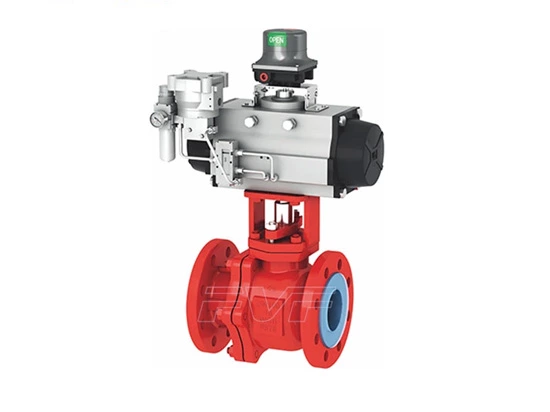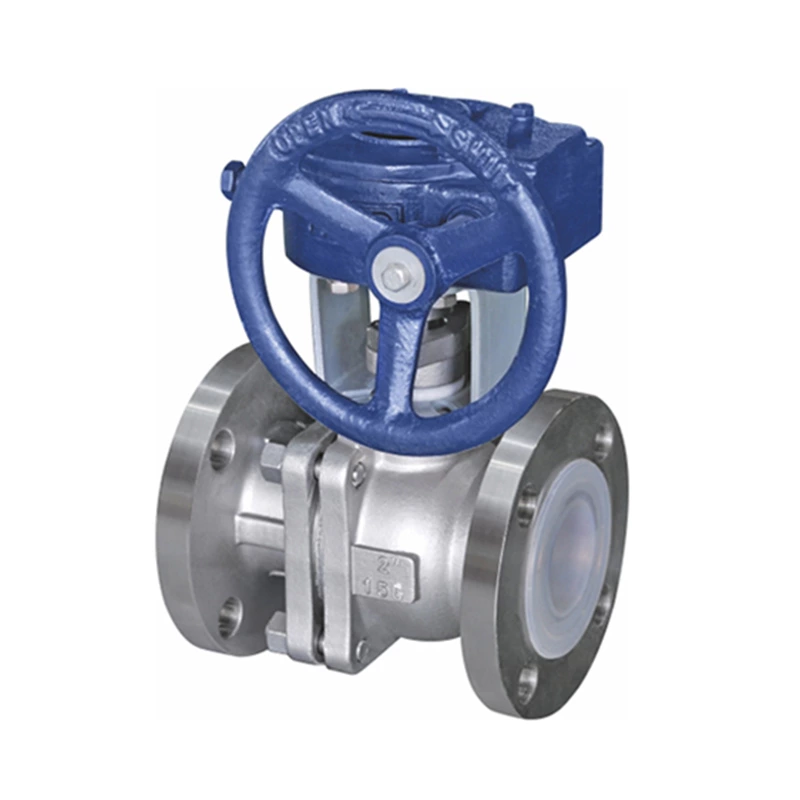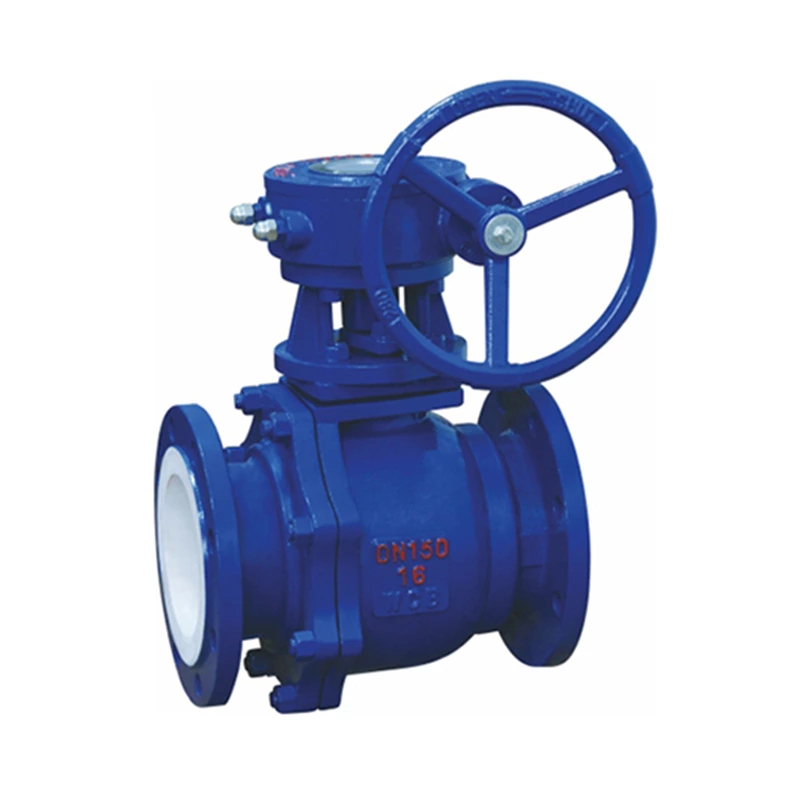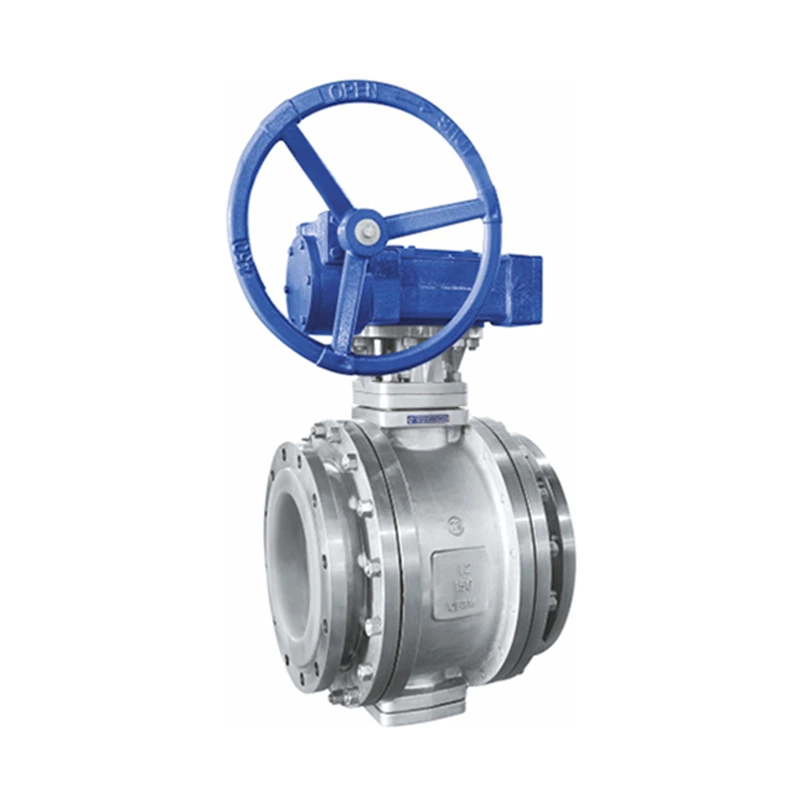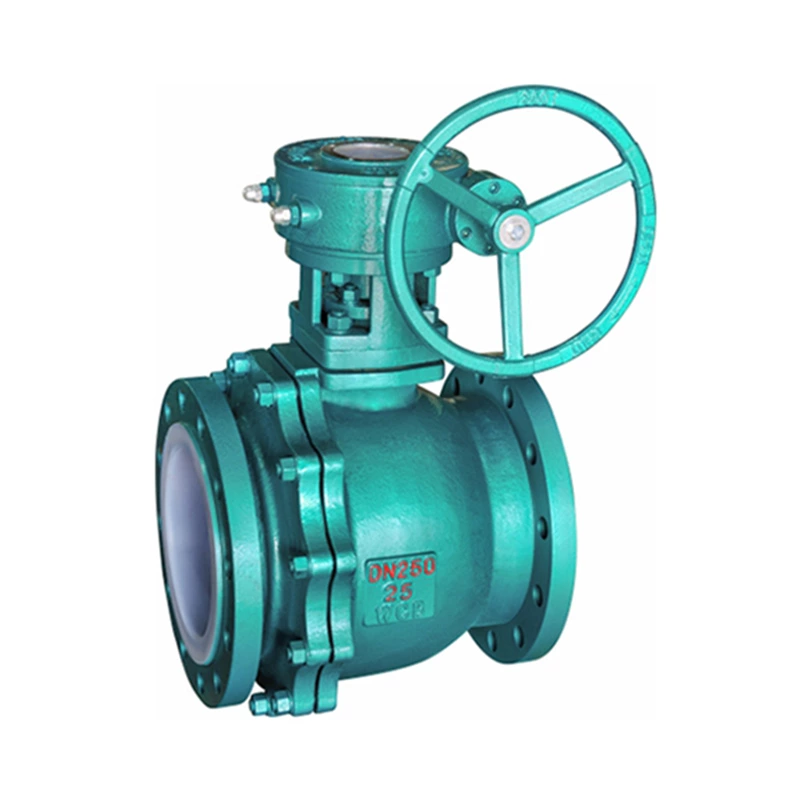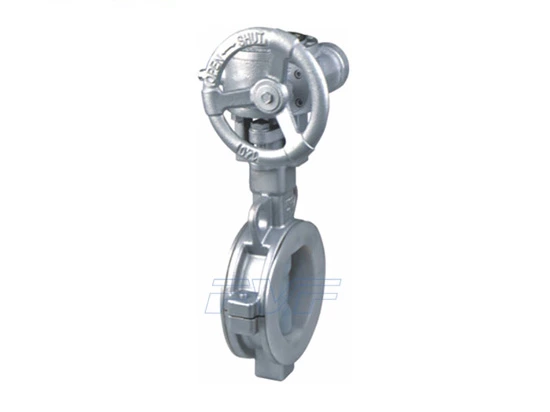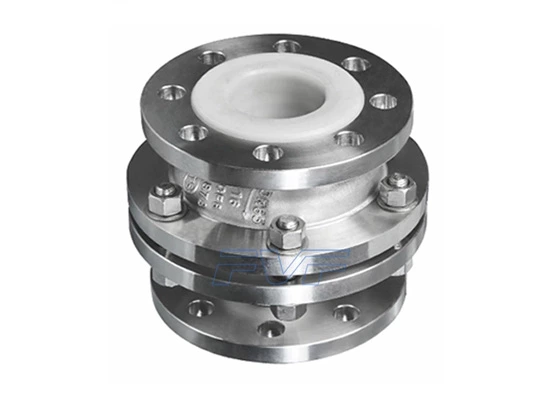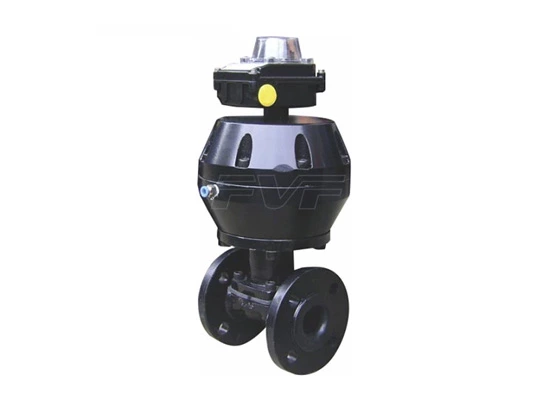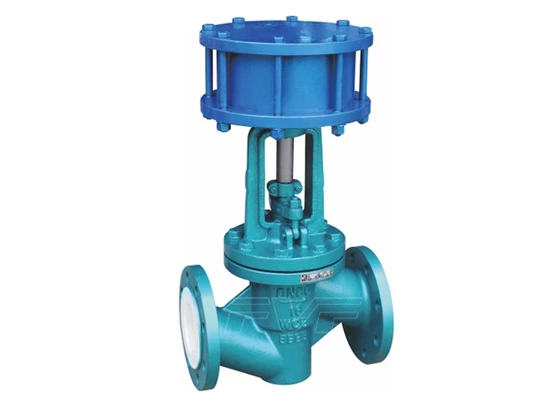What Are The Forging Methods For Ball Valve Ball Blanks
Lined Ball Valve is used to control the flow state of fluid in the fluid delivery pipeline. The ball valve is popular among market users because of its simple structure, easy installation and maintenance, good sealing performance, no internal leakage, small size and other advantages. Different ball valve ball blanks have different forging processing methods. So what are the specific forging processing of ball blanks?
1. According to the temperature when the ball blank is forged
(1) Hot forging: Heating the blank to a certain temperature before forging is called hot forging.
(2) Cold forging: Forging the blank at room temperature is called cold forging. The forging equipment required for cold forging is large in tonnage. Cold forging can obtain forgings with higher precision and strength and smoother surface.
(3) Warm forging: The heating temperature of the blank is lower than the temperature during hot forging. It requires less equipment tonnage than cold forging, and can forge forgings with higher strength and rougher surface. It is a new process currently under development.
2. Classification by force acting on the spherical blank
(1) Manual forging: relying on hand forging tools and human power to forge the blank into a forging of a predetermined shape on an anvil.
(2) Machine forging: relying on forging tools to make the blank into a forging on various forging equipment. Machine forging can be divided into four categories according to the equipment and tools used: free forging, model forging, membrane forging and special forging:
① Free forging: it is to place the metal blank heated to a certain temperature between the upper and lower anvils of the free forging equipment for forging, and the operator controls the deformation of the metal to obtain the forging of the expected shape.
② Model forging: referred to as die forging. It is a production method in which the metal blank heated to a certain temperature is placed in the mold cavity fixed on the die forging equipment for forging and its deformation is restricted, thereby obtaining a forging consistent with the mold cavity.
③ Membrane forging: referred to as membrane forging. It is a deformation method between free forging and die forging. The metal billet heated to a certain temperature is free forged through a membrane that is not fixed on the free forging equipment to obtain a formed forging.
④ Special forging: It is a forging process method that shapes metal billets on special equipment or in special molds. Such as precision forging, roll forging, ring rolling, spiral oblique rolling, transverse rolling, extrusion forming, etc.
